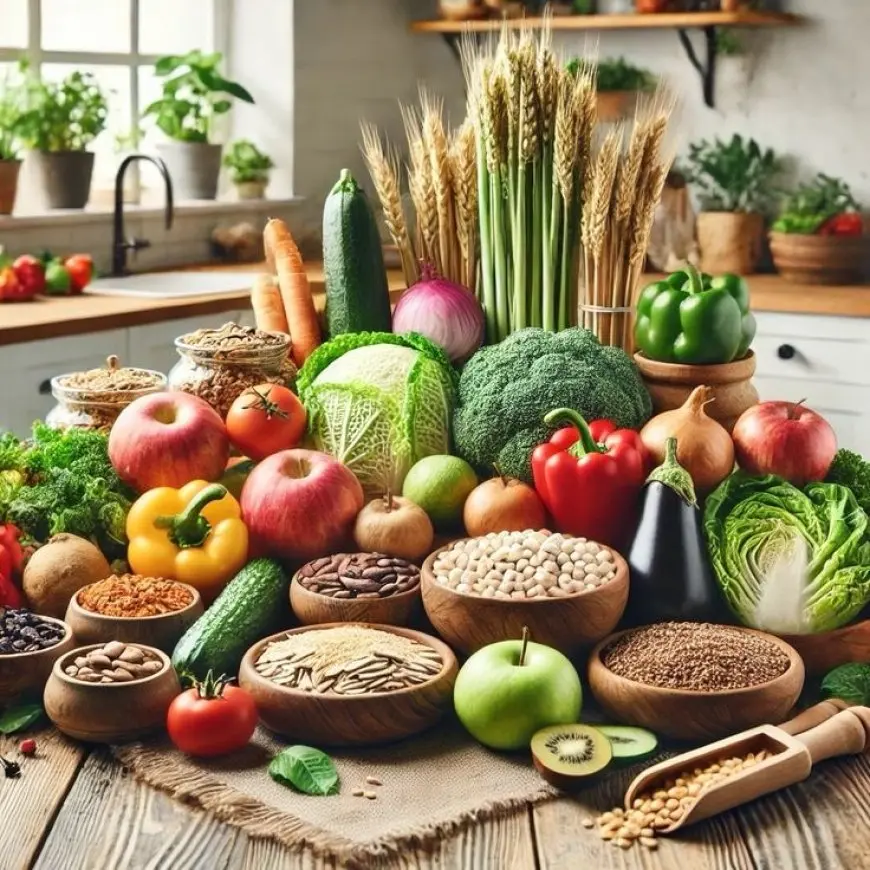How to Incorporate More Plant-Based Meals
How to Incorporate More Plant-Based Meals

Adopting a plant-based diet doesn’t mean you have to give up your favorite meals entirely. It’s about increasing the proportion of fruits, vegetables, grains, legumes, nuts, and seeds in your diet while reducing or replacing animal products. Whether you're trying to go fully plant-based or just eat a few more veggie-packed meals, these tips can help you make the transition enjoyable and sustainable.
1. Start with One Plant-Based Meal a Day
Begin by replacing one meal with a plant-based alternative. Breakfast is often the easiest place to start.
- Swap eggs and bacon for a smoothie bowl, avocado toast, or oatmeal topped with nuts and fruit.
2. Use Plant-Based Protein Alternatives
Replace meat in your meals with protein-rich plant-based options.
- Lentils, chickpeas, black beans, tofu, tempeh, and edamame are versatile and nutritious.
- For example, try a chickpea curry instead of chicken curry or tofu stir-fry instead of beef stir-fry.
3. Explore Meat Substitutes
Experiment with meat substitutes to recreate your favorite dishes.
- Products like plant-based burgers, sausages, and chicken are available in most grocery stores.
- Make spaghetti with a lentil or mushroom-based Bolognese instead of ground beef.
4. Build Your Meals Around Vegetables
Plan your meals with vegetables as the star ingredient.
- Roasted veggies, stuffed bell peppers, or zucchini noodles can take center stage.
- Aim to fill half your plate with colorful, nutrient-dense vegetables.
5. Get Creative with Whole Grains
Use whole grains as a base for hearty and satisfying meals.
- Quinoa, farro, brown rice, and barley pair well with vegetables and legumes.
- Try a Buddha bowl with quinoa, roasted veggies, chickpeas, and tahini dressing.
6. Incorporate Dairy-Free Alternatives
Swap out traditional dairy for plant-based options.
- Almond, soy, oat, or coconut milk can replace cow’s milk.
- Look for dairy-free yogurt, cheese, and cream to use in recipes.
7. Learn New Plant-Based Recipes
Expand your cooking repertoire by exploring plant-based recipes.
- Try international cuisines like Indian, Mediterranean, or Thai, which often emphasize plant-based ingredients.
- Test recipes like vegetable curries, falafel wraps, or vegan sushi.
8. Stock Up on Pantry Essentials
Having the right ingredients on hand makes it easier to cook plant-based meals.
- Stock your pantry with beans, lentils, whole grains, nuts, seeds, and spices.
- Keep frozen vegetables and fruits for quick and easy meal prep.
9. Make Small Swaps in Everyday Meals
Transition gradually by making small changes to familiar meals.
- Replace ground beef with black beans in tacos or chili.
- Use hummus or avocado as a sandwich spread instead of mayonnaise.
- Try a veggie pizza topped with mushrooms, bell peppers, and spinach.
Incorporating more plant-based meals into your diet doesn’t have to be overwhelming. By starting small and experimenting with new recipes and ingredients, you can make the shift enjoyable and sustainable. The benefits of eating more plant-based meals include better health, reduced environmental impact, and exposure to a variety of delicious flavors.







